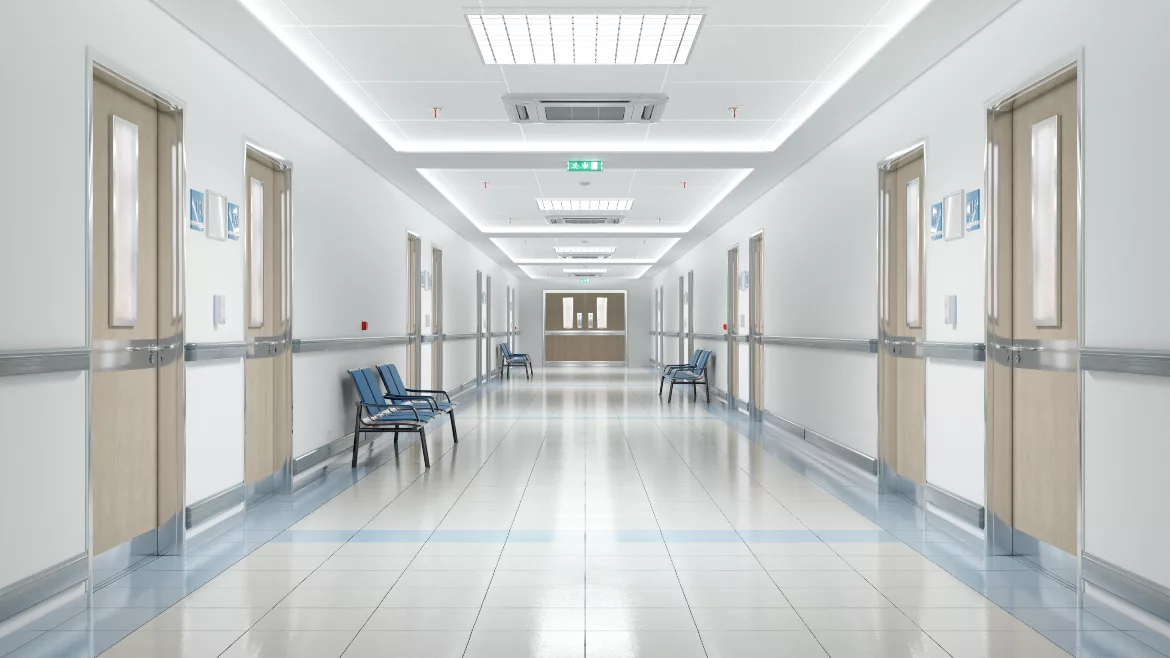How audio analytics reduce the risk of workplace violence

The beginning of the COVID-19 pandemic was a disorienting time for many in our society. However, it was also a time of incredible national unity — not around any one response to an ever-worsening pandemic, but around a figure whose heroism transcended political difference: the healthcare worker.
A new kind of hero
Donning layers of apocalypse-grade personal protective equipment (PPE), frontline workers dove headfirst into the eye of the storm. For months, folks around the world celebrated them by taking to their windows, balconies and roofs to applaud first responders, doctors and nurses alike as COVID-19 cases continued to overfill hospitals. However, even given this respect for the healthcare worker, this population remains one of the most vulnerable to workplace violence.
Early last month, Massachusetts General Hospital (MGH) released a chilling statistic — on any given day, two to three nurses are subjected to anything from a shove or a kick to verbal harassment by their patients according to wbur.
The COVID-19 crisis may have begun to subside, but hospital staff still need our attention. For security professionals today, proper, proactive threat detection is more important than ever.
A new kind of problem
This issue isn’t a new one. According to the US Bureau of Labor Statistics, healthcare workers accounted for 73% of all nonfatal workplace injuries and illnesses due to workplace violence in 2018. Now, with patients who refuse to wear masks or become angry about other COVID-19-related circumstances, the issue of workplace violence has certainly evolved.
Cox Medical Center Branson in Missouri, for example, started giving panic buttons to around 400 nurses and other employees when workplace assaults tripled between 2019 and 2020, a spokeswoman told the Associated Press. These hospitals need a solution that is more attentive than security cameras and more responsive than security guards — they need audio monitoring with analytics.
How audio analytics can help
Audio analytics is an emerging technology that can address workplace violence in a few crucial ways. First, using decibel level and aggression detection technology, audio analytics provides hospital security staff with critical early warnings of events due to the ability to recognize belligerent voices, shouting and other sounds associated with threats. In addition, glass break and gunshot detection analytics expand threat detection abilities to address more serious security breaches. This allows security personnel to prevent an array of workplace violence incidents due to early warning detection.
While video surveillance systems collect footage of events and, if monitored 24/7, allow security personnel to dispatch officers to wings or rooms where violent encounters occur, audio analytics offer security personnel something video surveillance cannot. By disseminating instantaneous alerts, based on the detection of several possible audible threats, audio analytics sends in-the-moment alerts and removes the possibility of human error to guarantee the right personnel are notified every single time.
Beyond intervention, audio analytics remedies another important issue occurring in hospitals, lack of incident reporting.
“We believe that the reporting is lower than what the reality is,” said Colleen Snydeman, Executive Director for Quality and Safety in nursing and patient care at MGH. “There’s little mandatory reporting or tracking of assaults inside Massachusetts hospitals or to the state.”
Audio analytics address this issue head-on, by ensuring no instance of workplace violence is ignored or overlooked.
Where audio analytics can help
There are several key locations throughout healthcare facilities that would benefit immensely from audio analytics. Communal areas — such as main entrances, waiting rooms and cafeterias — are the most intuitive installation sites, as this is where individuals gather in larger groups. But nursing stations and ER entrances are also important sites, as these are where medical staff most often interact with patients.
It’s impossible to prevent every occurrence of workplace violence. With added anxiety around a highly contagious disease, sicker patients and shortages of beds — hospitals will remain tense environments for a long time to come. Audio analytics, however, are a critical step in the right direction.
This article originally ran in Security, a twice-monthly security-focused eNewsletter for security end users, brought to you by Security magazine. Subscribe here.
Looking for a reprint of this article?
From high-res PDFs to custom plaques, order your copy today!






